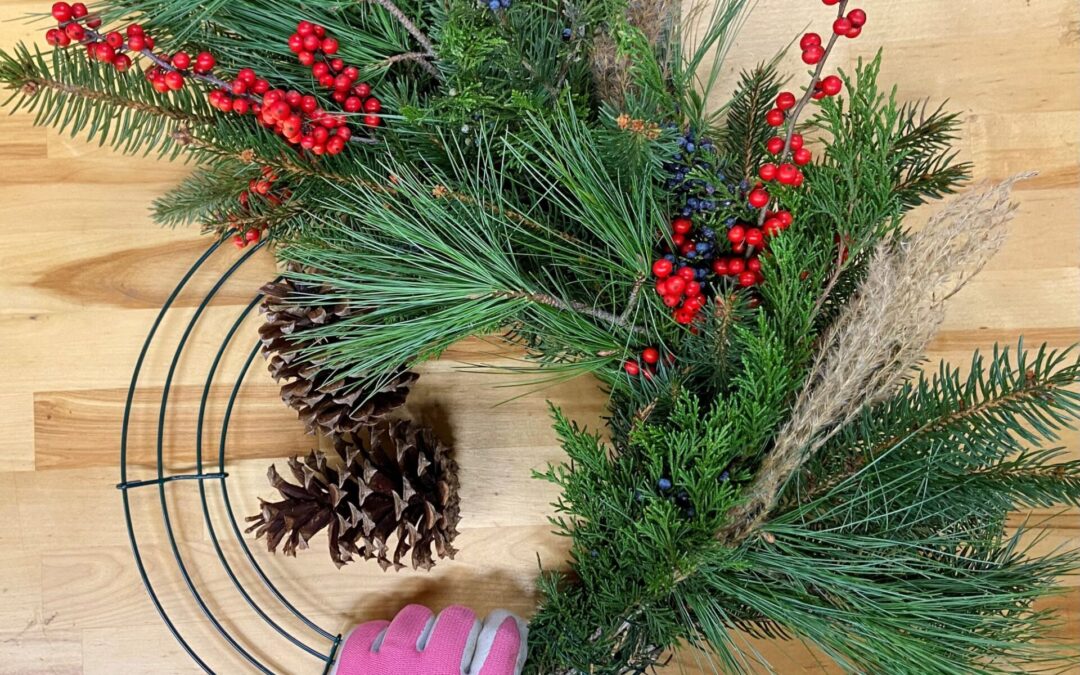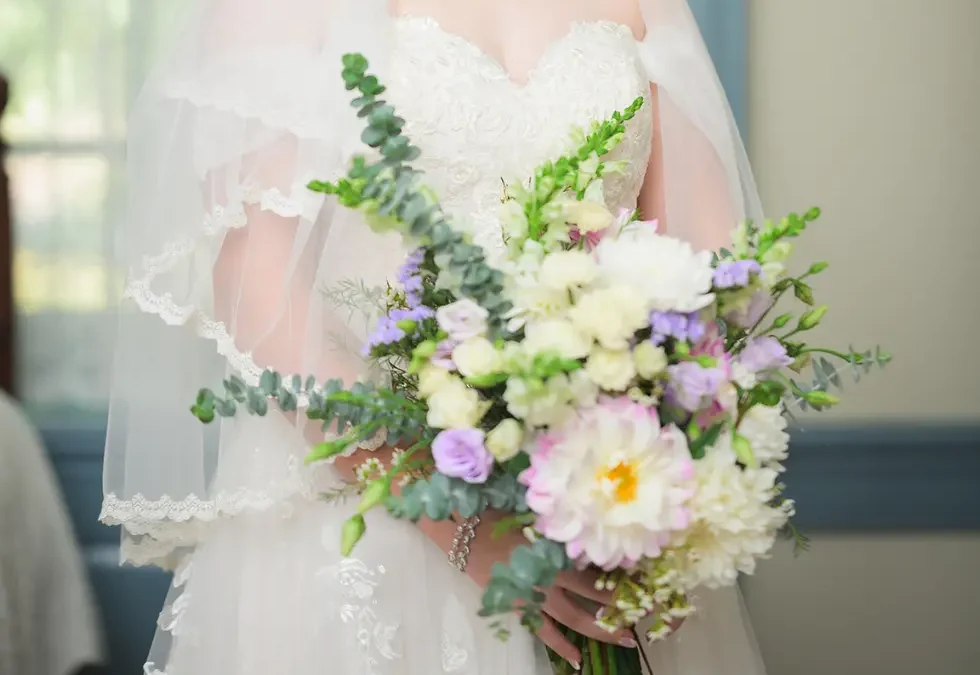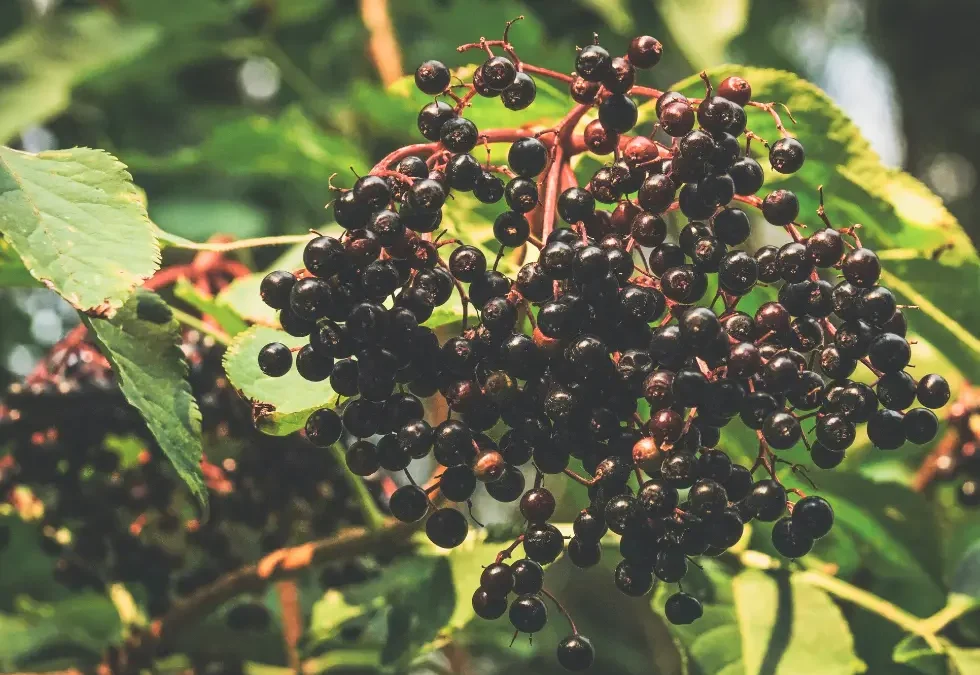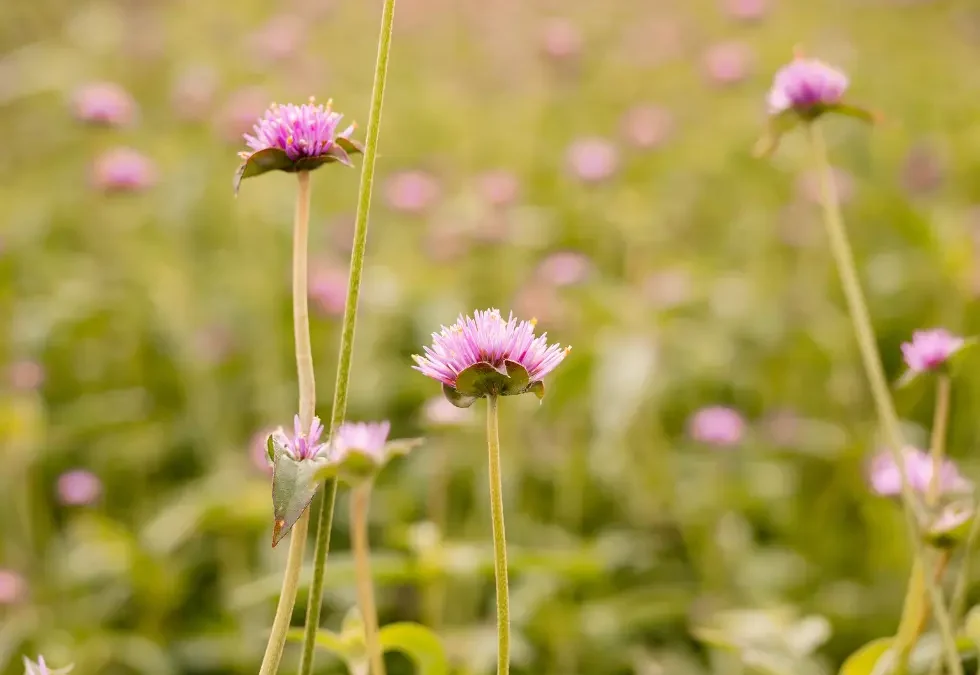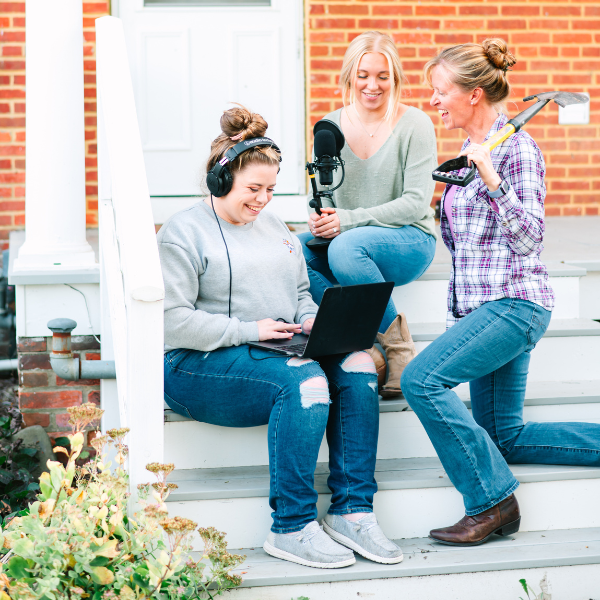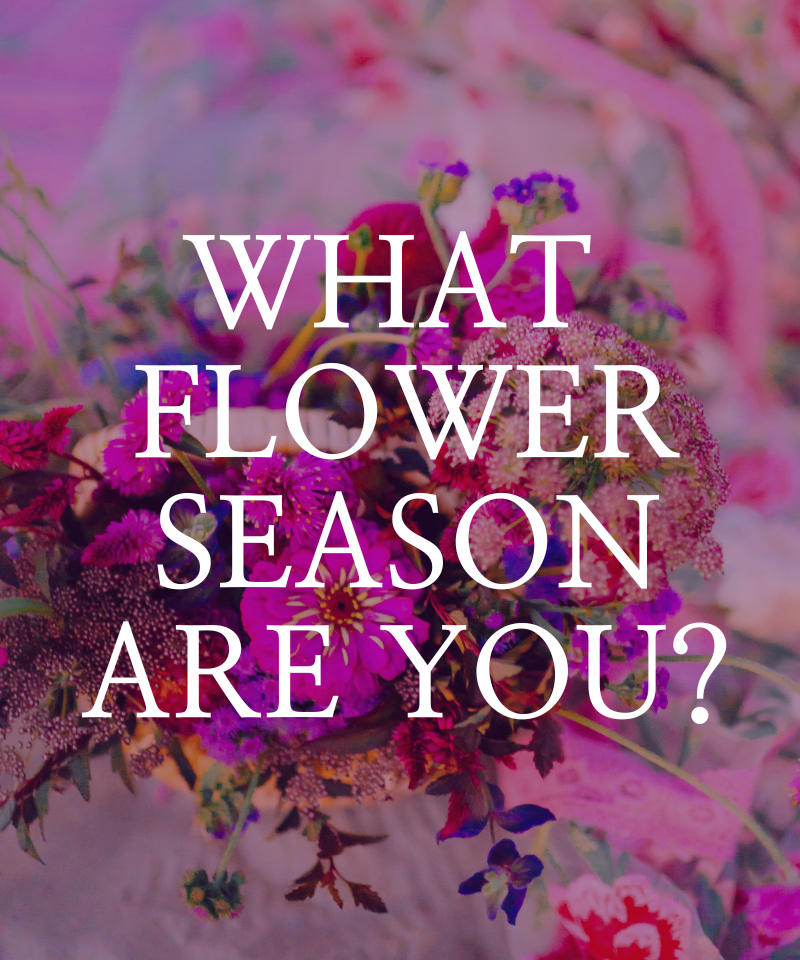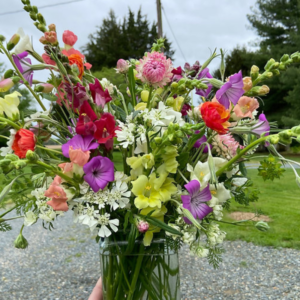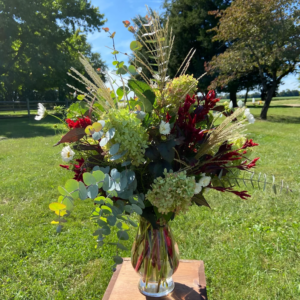
Selling Floral Products on Amazon: A Florist’s Guide to E-Commerce Growth
In this episode of The Flower Files, we stepped outside the flower bed and into the world of e-commerce with Neil Twa, an expert who has helped entrepreneurs build multi-million-dollar businesses online. Together, we explored what it really takes for florists and flower farmers like us to start selling floral products on Amazon—and why this opportunity is bigger than most of us imagine.
Why Amazon Belongs in Our Floral Business Plan
When we think about running a floral business, we usually picture farmer’s markets, weddings, or subscriptions. Those are beautiful and essential parts of our work, but Neil reminded us that we can dream bigger.
Instead of only selling flowers, we can also sell everything around them:
- Raised garden beds for cut-flower gardens
- Floral snips, vases, and arranging tools
- Planters, trellises, and potting benches
- Pollinator-friendly seed boxes
- DIY bouquet kits
Our customers don’t just love flowers—they love the whole ecosystem. And they’re often spending far more on gardening and floral supplies than on bouquets alone.
Building a Brand, Not Just a Product
If we want to succeed in selling floral products on Amazon, we need to focus on brand first, product second. Products have life cycles, but a strong, trusted brand grows roots and keeps blooming.
Here’s where we’d start:
- Form an LLC and open an Amazon Professional Seller account
- Trademark our brand and enroll in Amazon Brand Registry
- Aim for floral and garden products in the $50–$150 price range with at least $12 net profit per unit
Competing Smart: Becoming the “Pepsi” to the Category’s “Coke”
Every niche on Amazon has one or two “Coke” brands at the top. Our job isn’t to reinvent the wheel—it’s to offer a thoughtful “Pepsi.” That might mean bundling a vase with floral snips, designing a raised bed with pollinator-friendly features, or creating vase sets that perfectly fit a dozen stems.
Innovation doesn’t have to be radical—it just has to meet the needs of real flower lovers in a way that feels fresh.
How We’d Launch Floral Products on Amazon
Here’s the launch math Neil walked us through:
- Market test with 100 units. Send a small batch to FBA and see how it converts.
- Scale to 1,000 units. If those 100 sell in 90 days or less, restock bigger.
- Turn inventory 4× a year. Amazon rewards listings that stay in stock and convert consistently.
The goal isn’t to hit a home run with the very first product. It’s to keep testing, tweaking, and launching until we find the hero product that fits perfectly with our brand.
Revenue vs. Profit
It’s easy to get dazzled by revenue numbers, but Neil reminded us of this:
- Revenue is vanity.
- Profit is sanity.
- Cash flow is king.
If we’re serious about selling floral products on Amazon, we need to choose products with enough margin to sustain marketing, operations, and growth—not just chase vanity numbers.
Connecting Our Local Roots With Online Growth
Selling floral products on Amazon doesn’t replace our farmer’s market table or our flower farm stand—it amplifies them. We can bridge the gap by:
- Handing out flyers in-store that highlight exclusive Amazon-only kits
- Adding inserts in Amazon packages that invite shoppers to visit our farm or shop in person
- Creating cross-promotions so our local and online communities fuel each other
It’s not about abandoning our roots. It’s about extending them into new soil.
Where We’d Begin
Neil gave us a simple way to start thinking like producers instead of just consumers:
- Open our Amazon order history (last 90–180 days).
- Write down every floral or gardening item we’ve bought or wanted. That’s our MOST list.
- From that list, circle the products with higher price points, profitability, or bundle potential. That’s our MORE list.
From there, it’s about choosing a few ideas, testing small, and letting data—not fear—guide the next steps.
Ready to Grow Beyond the Market Stand?
This conversation left us excited about the possibilities. Selling floral products on Amazon doesn’t mean giving up our farmer’s market roots—it means planting new seeds for growth.
Here’s how you can stay connected with us:
- Subscribe to the Flower Files podcast on Apple Podcasts, Spotify, or wherever you listen.
- Share this post with another flower friend who’s ready to take their blooms from local to national.
Until next time—let’s keep growing, keep creating, and keep blooming everything we’ve planted together!

